Manitoba Grade 7 Language Arts ELA - FULL YEAR BUNDLE
Manitoba Grade 7 Language Arts ELA - FULL YEAR BUNDLE
Interested in a bundle? Shop below instead!
Couldn't load pickup availability
FULL YEAR BUNDLE - Teaching made easy! This NO PREP bundle includes everything you need to teach the Manitoba Grade 7 Language Arts (ELA) Curriculum.
BOTH GOOGLE SLIDES AND PDF VERSIONS INCLUDED!
Grade 7 – Manitoba Language Curriculum (ELA) – Conventions, Spelling, and Fluency. This 431-page resource covers all elements, grade band descriptors, and elaborations related to conventions, spelling, and fluency in the Manitoba Language Curriculum (ELA).
Included in this unit are 30 weeks of ELA instruction, with weekly word lists that explicitly teach a new prefix/suffix each week. Along with these Science of Reading principles, we have weaved in the elaborations students in grade 7 need to learn while working with these word lists.
Included in this resource are the elaborations within the elements below:
Language as Sense Making – using a variety of strategies to understand texts, as well as using different text features to articulate ideas to diverse audiences.
Language as System - spelling, grammar, capitalization, punctuation, fluency/automaticity, and more.
In addition, we have included a full-year long range plan that outlines what concepts from the curriculum you will be teaching each week, and what prefixes/suffixes/letter blends will be covered.
Some of the concepts covered:
- Suffixes: -ing, -ly, -able, -less, -ment, -ful, -ness, -tion, -ous, -y, -ize, -ship and many more
- Prefixes: un-, re-, dis-, pre-, ex-, in-, non-, sub-, inter-, anti-, mis-, super-, and many more
- Reading strategies: predicting, summarizing, making inferences, questioning, and visualizing activities
- Recognizing and fixing run-on sentences
- Using coordinating conjunctions in compound sentences
- Building complex sentences with subordinating conjunctions
- Use correct subject–verb agreement in sentences with compound subjects
- Understanding and applying correlative conjunctions
- Differentiating between simple, compound, and complex sentence structures
- Creating compound-complex sentences
- Using a mix of sentences: simple, compound, complex, compound-complex sentences
- Comprehending and using imperative sentences, declarative, interrogative, exclamatory sentences
- Identify and use common subjective and objective forms of pronouns
- Introducing predicate nouns and predicate adjectives
- Exploring participles and participial phrases
- Enhancing writing with adverbial phrases
- Correctly placing commas after transitional words
- Utilizing commas for introductory phrases
- Expanding vocabulary using context clues
- Regional dialects: standard Canadian English versus American English
- Distinguish between formal and informal conventions of oral and written language
- Formal and informal language – slang, social media texts, academic language
- Reconstructing texts – changing a news article into a short story or a formal text message into an informal one
- Identify differences between standard English and slang
- Adjusting expression for different genres
- Strengthening fluency with increasingly challenging readings
- Learning the basics of capitalization and its advanced rules
- Applying punctuation: periods, question marks, colons for quotations
- Understanding semicolons and their advanced usage
- Utilizing ellipses and dashes for effect
- Use quotation marks to identify information taken from secondary sources in own writing
- Expanding vocabulary with thesaurus and morphology skills
- Weekly fluency readings for each week to reinforce word list vocabulary
- Weekly quizzes (30 different assessments)
- Answer pages for all activities
Grade 7 – Manitoba Language Curriculum (ELA) – Writing. This 428-page resource covers all elements, grade band descriptors, and elaborations related to writing in the Manitoba Language Curriculum (ELA).
There are 428 activity sheets that are aligned to cover the elaborations in the Manitoba Language Curriculum. Included are 10 blocks of content, each covering a different text form. Within each block, the elements, descriptors, and elaborations are taught.
This is a language program developed by a language teacher. We have included exemplars/mentor texts for students to use to formulate success criteria so they can improve their writing quality. Moreover, we’ve scaffolded the skills involved with producing quality writing to ensure all students can progress.
Included in this resource are the elaborations within the elements below:
Language as Sense Making – writing many different text forms, including letters, how-to-guides, reports, stories, etc.
Language as System – writing with proper use of conventions, text features, and structure
Language as Exploration and Design – research skills, constructive feedback, working collaboratively
Language as Power and Agency - expressing opinions, other points of view/perspectives, justice, equity, fairness
Some of the concepts covered:
- Types of text forms – when to use each one (narratives, letters/emails, persuasive, comic strips, reports, etc.)
- Experiment – writing with planning time versus writing without planning time (no brainstorming)
- Activity – Secret Agent Notes
- How to write a perfect paragraph – topic sentence (hook), body (supporting details), conclusion
- Essay writing – how to write a thesis statement
- Writing a 5-paragraph essay
- Formal versus informal letter writing – voice in our writing
- Narrative writing – beginning, middle, end
- Narrative structure – exposition, rising action, climax, falling action, resolution
- Plots and subplots
- Adding suspense, foreshadowing, and exaggeration (hyperbole) to stories
- Analyzing quality stories – building success criteria
- Using quotations in narrative writing – dialogue
- Characterization – creating funny, mysterious, fantasy, and adventurous characters
- Character development – describe how characters change over time due to big events
- Revision – using paragraphs appropriately and eliminating unnecessary repetition of words and ideas
- Activity – Story Swap Revision
- Understanding persuasive writing
- Activity – Being Persuasive: Debate
- Understanding bias in persuasive writing
- Assignment – advertising a new invention
- Expository text forms – reports, lists, problem/solution report, compare/contrast essay, cause and effect essay
- Writing a How-To-Guide
- Synthesizing multiple reports
- Writing a report – different types of bears and the importance of bees
- How to research effectively – trustworthy sources, using keywords
- Activity – Online Treasure Hunt
- Writing a problem/solution report
- Determining solutions to problems
- Types of poems – Haiku, Limerick, Rhyming Poems, Acrostic Poems
- Assignment – writing a poetry children’s book
- Comic strips – onomatopoeia and illustrating graphic texts
- Assignment - creating an online comic strip
- Biographies – cross curricular connections: Louis Riel, Leif Erikson, and Laura Secord
- How to cite where we find research – bibliography
- Activity – Partner Biography/Bibliography Assignment
- Reconstructing texts – translating texts from one form to another – e.g., letter to news report, infographic to story
- Cursive writing package/booklet
- Answer pages for all activities
Grade 7 – Manitoba Language Curriculum – Comprehension – Language as Sense Making. This resource covers all elements, grade band descriptors, and elaborations related to reading comprehension in the grade 7 Manitoba Language (ELA) curriculum. There are 368 pages for students to master the skills they need to meet the requirements of the curriculum.
We’ve included a variety of activities, including independent reading responses, group activities, assignments, experiments, exemplars, and hands-on activities to keep your students engaged.
Included in this resource are the elaborations within the elements below:
Language as Sense Making – using reading comprehension strategies to read a variety of complex texts
Language as System – understanding the text patterns, features, and structures used within a variety of text forms
Language as Exploration and Design – using research skills to extend understanding of texts
Language as Power and Agency - investigating social issues, moral dilemmas, and social justice
In addition, we have included a full-year long range plan that outlines what concepts from the curriculum you will be teaching each week/block.
Some of the concepts covered:
- What is reading comprehension?
- Comprehension Practice – Refocusing / Re-engaging
- Letter writing – emails, formal and informal letters, bias
- Implicit and explicit perspectives in letter writing
- Voice in writing – use of cohesive ties and different sentence structures
- Narratives – use of figurative language: personification, similes, metaphors, anthropomorphism, humour, and imagery
- Perspective in narratives – first-person, second-person, and third-person and advantages/disadvantages of each
- Narratives – sequencing multiple plots in a story and explaining cause and effect
- Science fiction story - the use of flash-forwards in narratives
- Story genres – fantasy, humour, and adventure
- Narrative structure – exposition, rising action, climax, falling action, resolution
- Indigenous Storywork – 7 Principles: respect, responsibility, reciprocity, reverence, holism, interrelatedness, synergy
- Prediction story activity – finishing a story using strong predictions
- Cross-curricular connections – text forms related to themes in science and social studies (government, human body)
- Character analysis – explain the decisions made by characters and analyze their character traits
- Story – Character Identification And Comparison
- Round vs. flat characters - explore differences in character types
- Persuasive writing – using critical thinking skills to determine bias
- Finding implicit and explicit evidence in persuasive texts
- Text features in reports – headings, subheadings, bold words, hyperlinks, captions, tables, graphs, etc.
- Photo essay - analyze a photo essay
- Summarizing reports – determining the main idea and supporting details
- Activity – group work summarizing
- Expository texts – how to guides
- Use of graphs, maps, diagrams, and pictures in reports
- Propaganda – Critical Analysis
- Report – Justice, Equity And Fairness
- Literary devices used in poetry – humour and imagery
- Assignment – finding poems written by Indigenous authors
- Understanding haiku, limericks, acrostic poems, cinquain poems, and rhyming poems
- Bias in book reviews
- Reading different styles (voices) in book reviews
- Text features in comics, infographics, memes, and maps
- How images, graphics, and visuals contribute to biographies
- Text features in biographies – using a glossary and a preface to understand a biography
- Louis Riel, Terry Fox, and Albert Einstein biographies with prefaces and glossaries
- Metacognitive strategies: reading tracking charts and reading goals
- Answer pages for all activities
Grade 7 – Manitoba Language Curriculum (ELA) – Oral Language. This 138-page resource covers all elements, grade band descriptors, and elaborations related to oral language in the Manitoba Language Curriculum (ELA).
Included in this unit are 40 activities that are interactive and engaging for grade 7 students. As students complete the activities, they will build on their oral communication skills, obtaining the learning standards stated in the curriculum. There are several activities provided for each elaboration listed in the curriculum.
We are proud to include everything you need to complete these activities. For example, if an activity asks for a story to be read, we provide the story. We’ve also included all emotions, story starters, expressions, and plays (reader’s theatre) you need.
Included in this resource are the elaborations within the elements below:
Language as Sense Making – tailoring presentations and oral communication for their audience and purpose
Language as System – reading with expression, comparing texts, discussing different forms of texts
Language as Exploration and Design – using creativity to reconstruct texts into new forms
Language as Power and Agency - expressing opinions, other points of view/perspectives, justice, equity, fairness
Some of the concepts covered:
- Activity: Listening Relay
- Activity: Question Quest
- Activity: Inquisitive Minds - The Question-Asking Game
- Activity: Two Types of Listening
- Activity: Musical Chairs with a Twist
- Activity: Keyword Checklist
- Activity: Instructional Challenge
- Activity: Podcast Detective
- Activity: Respectful Language Game
- Activity: Supporting Opinions with Research
- Activity: Persuasive Speech Contest
- Activity: Socratic Seminar
- Activity: Debate Club
- Activity: Clarity Courtroom
- Activity: Think-Pair-Share
- Activity: Feedback Fishbowl
- Activity: Descriptive Relay Race
- Activity: Round Robin Brainstorming
- Activity: Interview Role-Play
- Activity: Impromptu Speaking Game
- Activity: Word Swap Workshop
- Activity: "The Paraphrase Chain"
- Activity: Voice Modulation Mastery
- Activity: Formal vs. Informal Chats
- Activity: Creating a Historical Newspaper
- Activity: Transforming an Excerpt into Text Messages
- Activity: The Community Council
- Activity: The Justice Puzzle
- Activity: Non-Verbal Communication
- Activity: Cultural Charades
- Activity: Gestures Speak Louder
- Activity: Mind Mapping Group Activity
- Activity: Constructive Feedback
- Activity: Feedback Carousel
- Activity: Group Presentation Relay
- Activity: Speech Swap
- Activity: Speech Makeover
This is a comprehensive bundle that will save you hours of planning! It has everything you need to feel confident that you are covering the Manitoba Language Arts curriculum.
Share
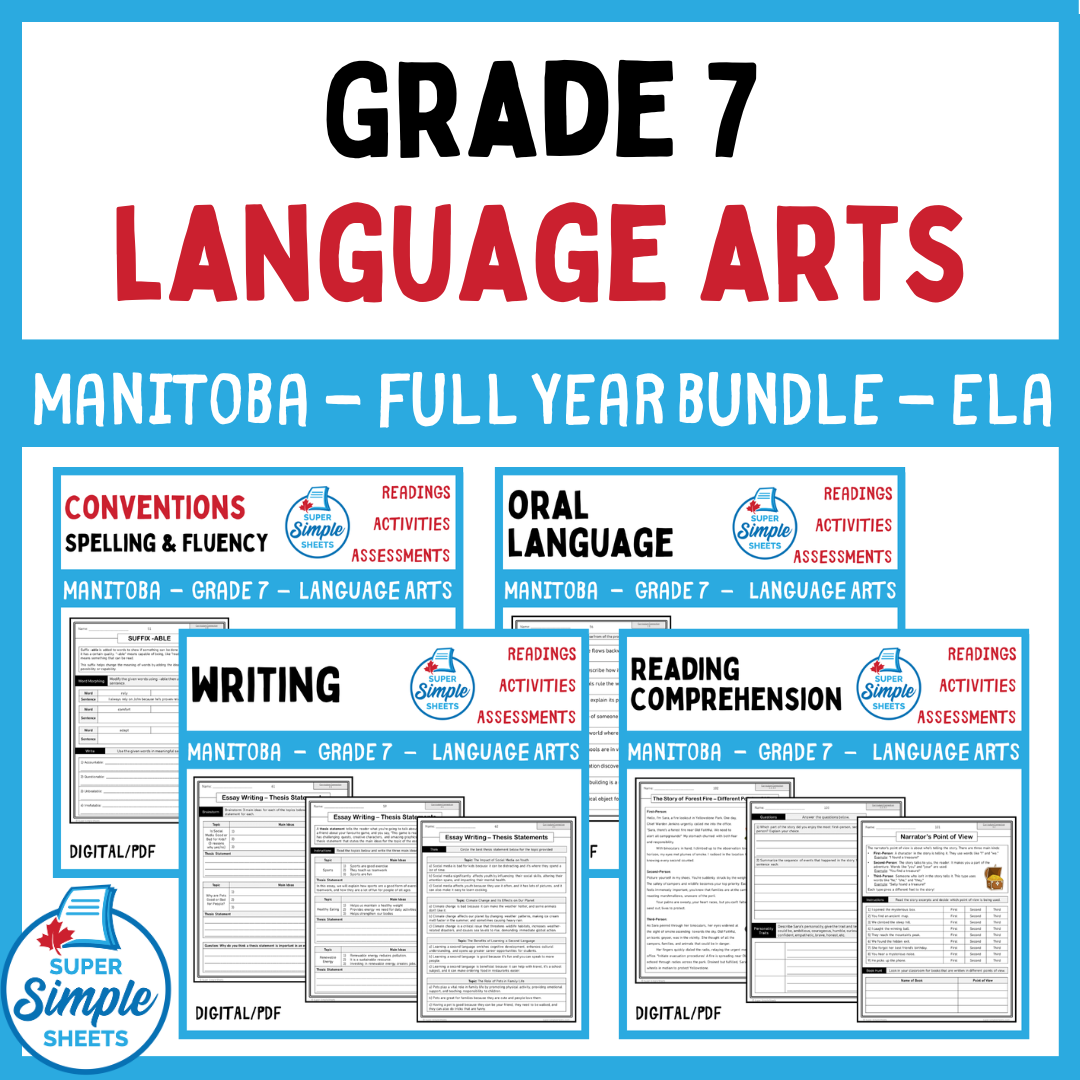
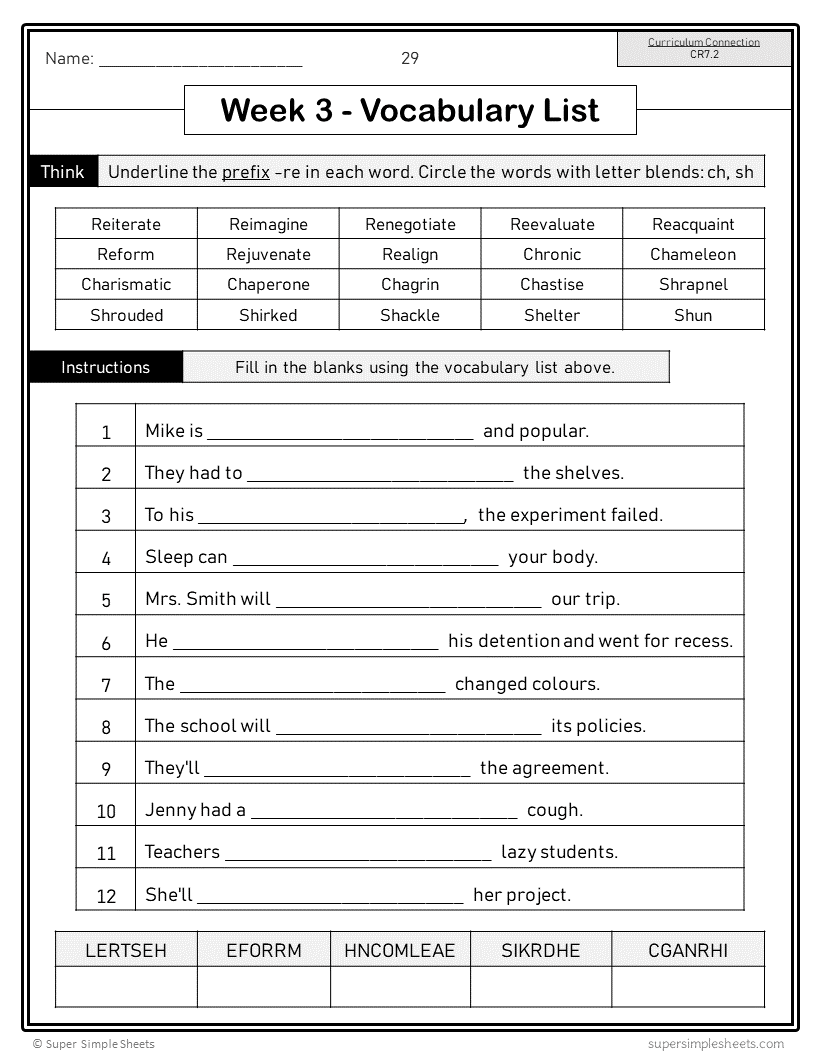
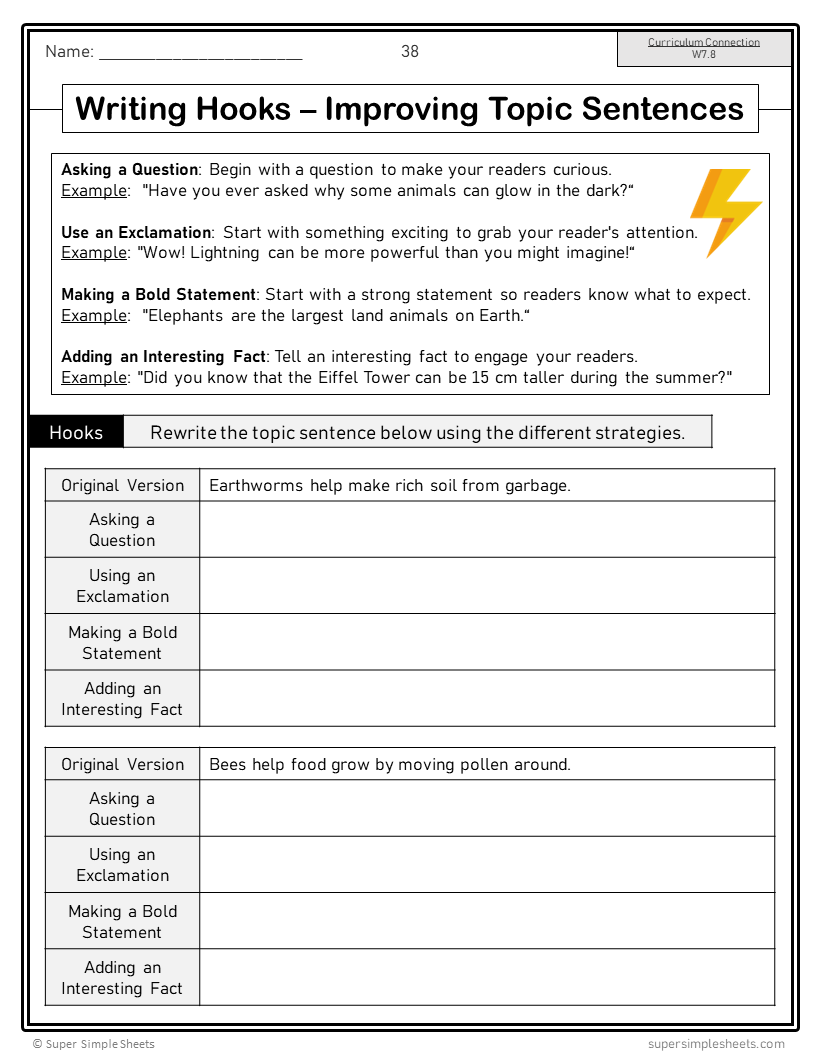
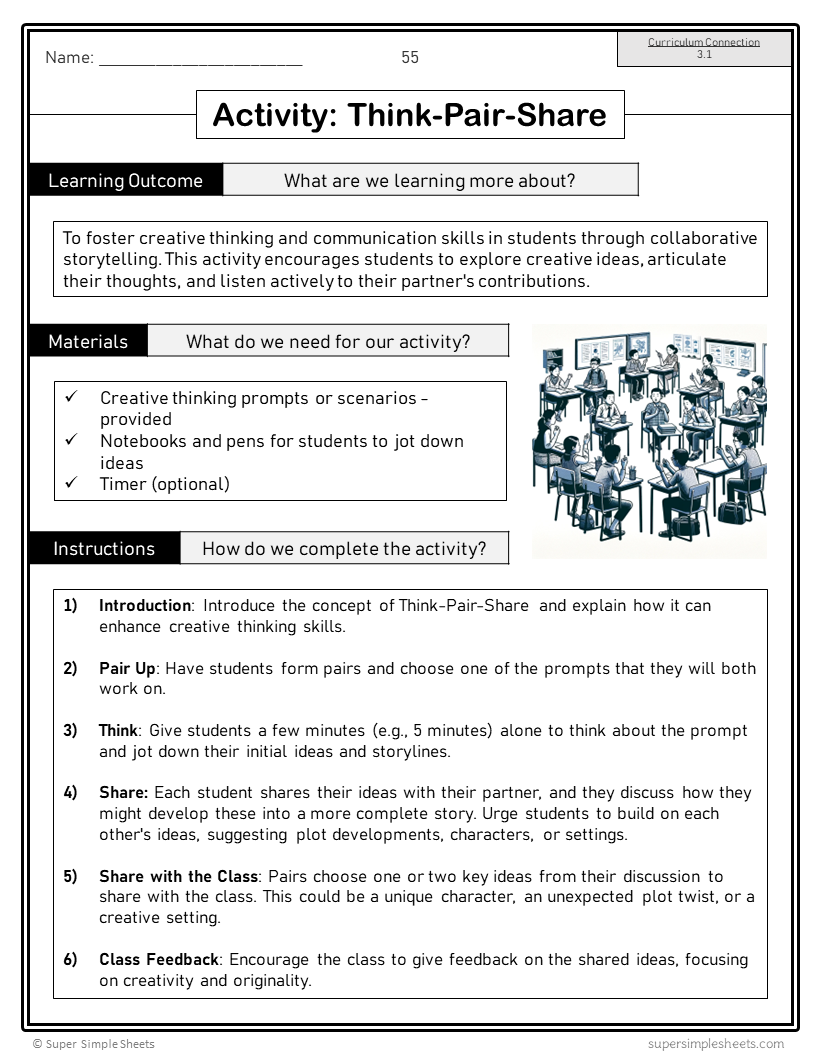
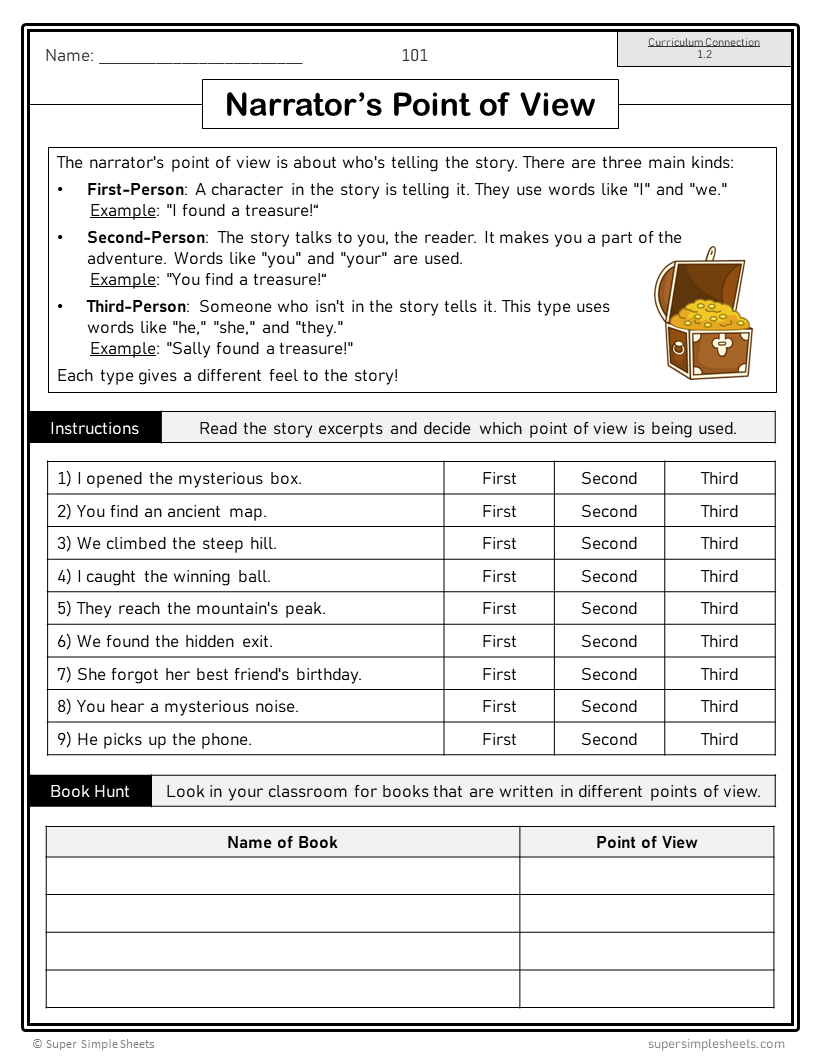
Amazing!!








